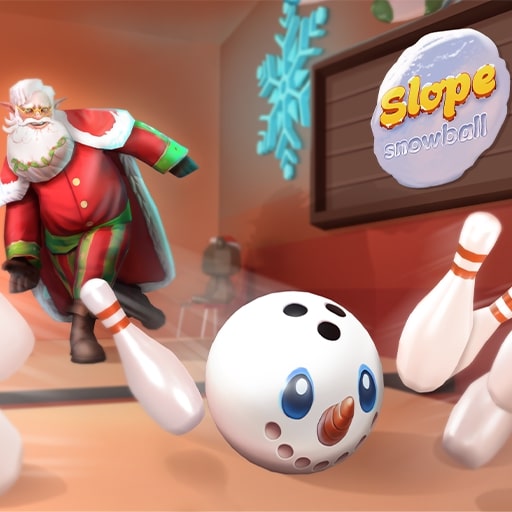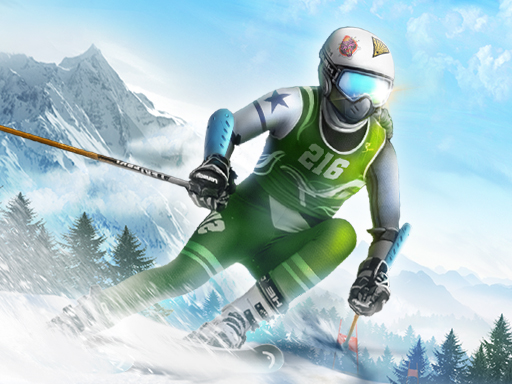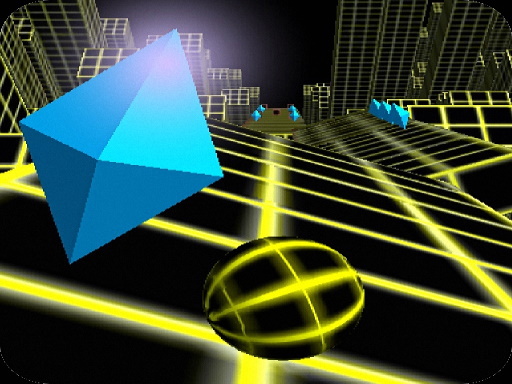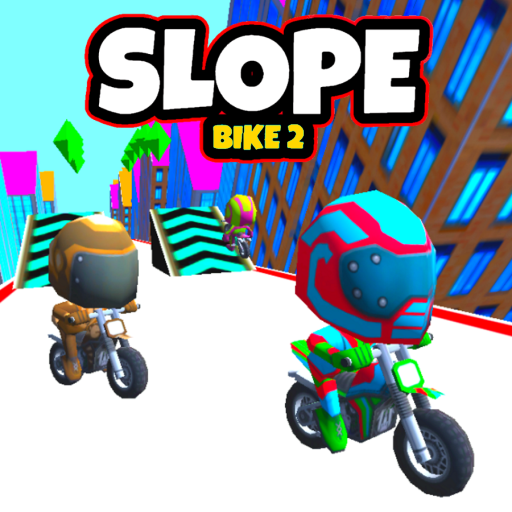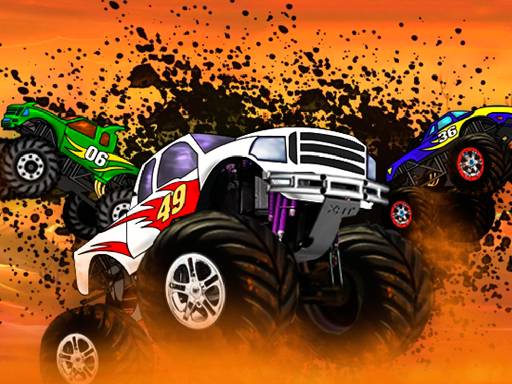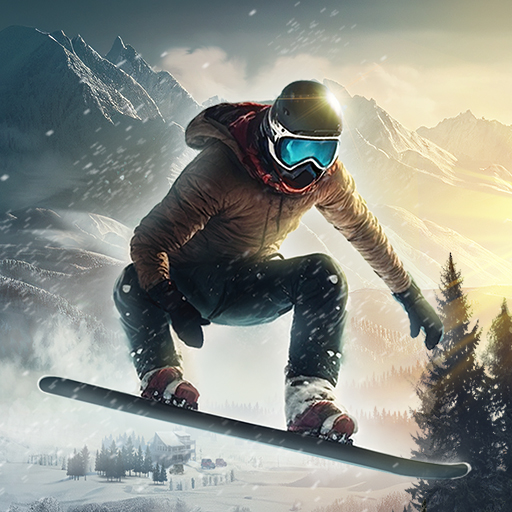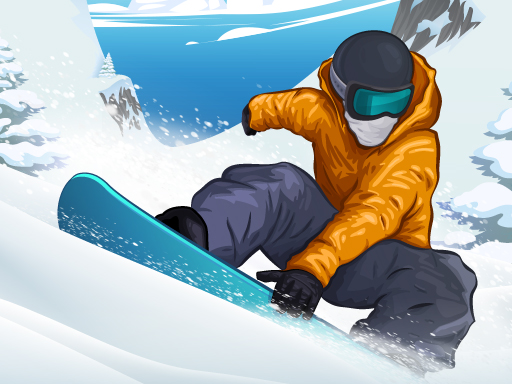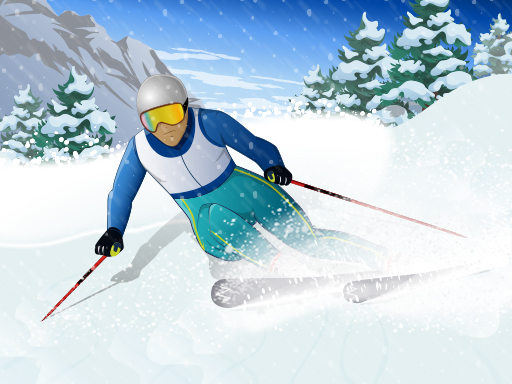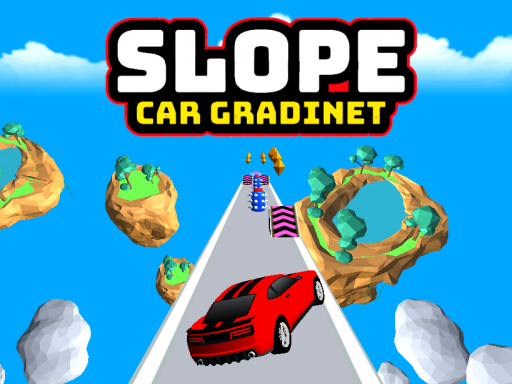
Understanding "Slope Car Gradient" in Gaming and Beyond
The term "Slope Car Gradient" might conjure images of the iconic Slope Game with its rolling ball, but it typically points to a distinct, yet related, subgenre of racing and driving games that put a heavy emphasis on navigating varied terrain and inclines. Unlike the abstract, endless descent of the classic Slope Game, "Slope Car Gradient" titles often involve driving vehicles—usually cars—over realistic or stylized landscapes with significant elevation changes, where understanding and reacting to the "gradient" (or slope) of the road is paramount to success.
This detailed blog post will delve into the world of "Slope Car Gradient" games, exploring their core mechanics, how they differ from the traditional Slope Game, and what makes them an engaging experience for players. We'll also touch upon the real-world implications of "slope" and "gradient" for vehicles, providing a deeper understanding of this fascinating concept.
What is "Slope Car Gradient"? A Shift from Ball to Wheels
While the original Slope Game (often found on slope Y8) focuses on guiding a simple ball down a procedurally generated, obstacle-filled track, "Slope Car Gradient" games pivot to vehicular control. These games typically feature:
- Vehicle Control: Instead of a ball, you're usually controlling a car, truck, or off-road vehicle. This introduces more complex physics, such as suspension, traction, and the impact of weight distribution.
- Diverse Terrain: The "gradient" aspect comes into play with varied terrain. Players encounter steep hills, ramps, undulating roads, and sometimes even off-road sections. The challenge lies in maintaining control, speed, and balance across these dynamic surfaces.
- Physics-Based Gameplay: These games often lean heavily into realistic (or semi-realistic) vehicle physics. Your car's ability to climb a steep slope, maintain speed on a descent, or handle bumps and jumps is directly affected by its design and the game's physics engine.
- Objective Variety: While some might be endless runners (like "Slope Car" on Google Play, for instance, which describes racing a car on a randomized slope with ramps, loops, and obstacles), others could involve completing levels, racing against time, or navigating tricky courses.
- Visual Fidelity: Compared to the minimalist aesthetic of the classic Slope Game, "Slope Car Gradient" titles often feature more detailed environments, vehicle models, and visual effects to immerse players in the driving experience.
The key differentiator is the emphasis on the vehicle's interaction with the terrain's gradient. Players must consider acceleration on inclines, braking on declines, and the potential for losing control on steep or uneven surfaces. This makes them a more complex and simulation-oriented experience than the pure reflex test of the original Slope Game.
The Allure of the Climb and Descent: Why "Slope Car Gradient" Appeals
The appeal of "Slope Car Gradient" games lies in their ability to combine the thrill of high-speed racing with the nuanced challenge of off-road or mountain driving.
- Satisfying Physics: There's an inherent satisfaction in perfectly navigating a steep incline or executing a controlled descent. The feeling of the vehicle's weight shifting and responding to the terrain is often a core part of the fun.
- Varied Gameplay: Unlike the singular objective of an endless ball runner, "Slope Car Gradient" games can offer diverse objectives—from reaching checkpoints to performing stunts or racing against AI opponents.
- Skill-Based Mastery: Success isn't just about quick reflexes; it's about understanding vehicle dynamics, anticipating terrain changes, and choosing the right approach for different gradients.
- Visual Immersion: More detailed environments and vehicle models can provide a more immersive and aesthetically pleasing experience than the abstract visuals of the original Slope Game.
- Accessibility (Often): Many "Slope Car Gradient" games are available on mobile platforms or as browser games, making them easily accessible for quick sessions, much like how players access slope unblocked 76 or slope game Y8.
The "Slope" and "Gradient": A Real-World Perspective
The terms "slope" and "gradient" are fundamental in mathematics, physics, and engineering, and they have direct real-world applications in vehicle dynamics, which these games simulate.
The slope definition in mathematics is the measure of the steepness of a line. It represents the ratio of the vertical change (rise) to the horizontal change (run) between two points on a line. It is commonly expressed as a fraction or percentage.
The slope formula is:
where Δy is the change in vertical position and Δx is the change in horizontal position.
"Gradient" is often used interchangeably with "slope," particularly in engineering and geography. A "10% gradient" means that for every 100 units traveled horizontally, the elevation changes by 10 units.
In the context of vehicles and "Slope Car Gradient" games:
- Uphill Gradients: Driving uphill requires more engine power and torque to overcome gravity. The steeper the slope, the more power is needed. This is where a car's "gradability" (its ability to climb gradients) is tested.
- Downhill Gradients: Driving downhill requires careful braking to control speed and prevent the vehicle from running away. Engine braking is often used to assist friction brakes. Uncontrolled descents on steep slopes can lead to loss of control.
- Traction: The slope of the surface significantly impacts tire traction. On very steep or slippery surfaces, vehicles can lose grip and slide, even on a slight incline.
- Stability: High speeds on uneven gradients can destabilize a vehicle, leading to rollovers or loss of control, especially in off-road scenarios.
- Suspension: A vehicle's suspension system is crucial for absorbing bumps and maintaining tire contact with the ground on undulating slopes, ensuring better control.
So, while you might not pull out a slope calculator while playing, the game's physics engine is constantly simulating these real-world interactions. The "slope meaning" in these games is directly tied to the physical challenge of traversing difficult terrain. Mastering a "Slope Car Gradient" game means developing an intuitive understanding of how your vehicle will react to various inclines and declines, much like a real-world driver on challenging roads.
Finding and Playing "Slope Car Gradient" Games
Unlike the single, ubiquitous Slope Game Y8, "Slope Car Gradient" is more of a genre or a descriptive term. You're less likely to find a specific game titled exactly "Slope Car Gradient" on a single platform, but rather games that embody these characteristics.
- Mobile App Stores (Google Play, Apple App Store): Search for terms like "Slope Car," "Hill Climb Racing," "Offroad Driving," "Mountain Car Games," or "Gradient Racing." Games like "Slope Car" (by Aronsommer) specifically mention racing a car on a "randomized slope," aligning perfectly with the concept.
- Browser Game Portals: While less common for detailed car physics games, some browser platforms might host simpler "Slope Car" or "Gradient Driving" titles. You might stumble upon them on sites that also host slope Y8 or slope unblocked 76 games.
- PC Gaming Platforms (e.g., Steam): More complex simulation or arcade racing games with a focus on terrain negotiation can be found here, though they might not explicitly use "Slope Car Gradient" in their titles. Look for off-road racing or hill climb simulator tags.
It's important to differentiate these games from the abstract slope run or slope 2 (which usually refer to the ball game's variants). "Slope Car Gradient" implies a vehicular experience.
Strategies for Mastering "Slope Car Gradient" Games
Success in "Slope Car Gradient" games requires a blend of driving skill, anticipation, and an understanding of physics.
- Throttle Control is Paramount: Unlike simple arcade racers, you can't always floor the accelerator. On steep climbs, too much power can cause wheelspin and loss of traction. On descents, it can lead to uncontrolled acceleration. Feathering the throttle (gently pressing and releasing) is key.
- Braking and Engine Braking: Learn when to use the brakes, but also understand engine braking (reducing gear to slow down using the engine's resistance). This is crucial for controlled descents, especially on long or steep gradients.
- Weight Transfer and Balance: On large jumps or uneven terrain, try to control your car's pitch (front-to-back tilt). Some games allow you to shift weight (e.g., lean forward/backward) to land smoothly, prevent nose-dives, or avoid flipping.
- Anticipate the Terrain: Look ahead for upcoming inclines, declines, jumps, and obstacles. Plan your approach: should you accelerate into this ramp, or slow down for that sharp descent?
- Maintain Traction: Pay attention to how your tires interact with the surface. If you're losing grip on a steep slope, try reducing power or making subtle steering adjustments.
- Use Momentum Wisely: Sometimes, carrying speed into an incline is necessary to make it over without losing too much momentum. However, too much speed can lead to a crash on the other side.
- Choose the Right Path: On some terrains, there might be multiple routes. One might be steeper but shorter, another longer but less hazardous. Learning to assess the gradient and choose the optimal path is a skill.
- Upgrade Your Vehicle (if applicable): If the game allows for vehicle upgrades, prioritize improvements to engine power (for climbs), brakes (for descents), and suspension (for rough terrain).
Pros and Cons of "Slope Car Gradient" Games
Like any genre, "Slope Car Gradient" games have their strengths and weaknesses.
Pros:
- Engaging Physics-Based Gameplay: The interaction of vehicles with varied terrain offers a satisfying and realistic (or semi-realistic) driving experience.
- Skill-Intensive: Requires more than just reflexes; demands an understanding of vehicle control, momentum, and terrain negotiation.
- Varied Challenges: Often feature different game modes, vehicle types, and environmental challenges, providing diverse gameplay.
- Visually Immersive: Tend to have more detailed graphics and environments compared to abstract ball-based games.
- Sense of Accomplishment: Successfully conquering a particularly difficult gradient or a challenging course feels highly rewarding.
- Accessibility: Many titles are available on mobile, making them easy to pick up and play.
Cons:
- Can Be Frustrating: The physics can be unforgiving, leading to frequent crashes and restarts on difficult terrain.
- Steep Learning Curve: Mastering vehicle control and understanding how different gradients affect performance can take time.
- Repetitive (for some): If the game lacks sufficient variety in courses or vehicles, the core loop can become monotonous over long play sessions.
- Performance Demands: Games with more complex 3D graphics and physics might require more capable hardware than simple browser games.
- Monetization (in free-to-play): Mobile versions often rely on ads or in-app purchases, which can disrupt the experience.
Frequently Asked Questions about "Slope Car Gradient"
Q1: What kind of game is "Slope Car Gradient"?
A1: "Slope Car Gradient" generally refers to games where you drive a car or other vehicle over varied terrain with significant inclines (gradients) and declines, focusing on realistic or semi-realistic vehicle physics and control.
Q2: Is "Slope Car Gradient" the same as the classic Slope Game?
A2: No, they are different. The classic Slope Game (often on slope Y8) involves guiding a rolling ball down an abstract track. "Slope Car Gradient" focuses on controlling a car and navigating realistic gradients, jumps, and obstacles.
Q3: Where can I find "Slope Car Gradient" games?
A3: You're most likely to find these types of games on mobile app stores (like Google Play or Apple App Store) by searching for "Slope Car," "Hill Climb Racing," or "Offroad Driving games." Some browser game sites might also host simpler versions.
Q4: Do "Slope Car Gradient" games use the "slope formula"?
A4: While you won't use a slope calculator directly, the game's physics engine fundamentally relies on the slope definition (steepness) to simulate how your car interacts with inclines, declines, and jumps. The slope equation dictates how gravity and momentum affect your vehicle on different gradients.
Q5: Is there a "Slope Car Gradient Unblocked 76" version?
A5: While the term "slope unblocked 76" usually refers to the classic ball game, it's possible some "unblocked games" sites might host "Slope Car" type games. You'd need to search specifically for "Slope Car unblocked" or similar terms.
Q6: Is "Slope Car Gradient" related to "Slope 2" or "Slope 3"?
A6: Not directly. "Slope 2" and "Slope 3" usually refer to variants or sequels of the original ball-based Slope Game. "Slope Car Gradient" is a distinct subgenre focused on vehicles.
Q7: What is the "slope meaning" in "Slope Car Gradient" games?
A7: In these games, the "slope meaning" directly refers to the steepness of the terrain you are driving on. Understanding how your car will react to different uphill and downhill slopes is crucial for maintaining control and progress.
Q8: Are "Slope Car Gradient" games typically free to play?
A8: Many "Slope Car Gradient" games, especially on mobile platforms, are free-to-play, often supported by ads or in-app purchases.
Q9: What makes "Slope Car Gradient" games challenging?
A9: The challenge comes from balancing speed, throttle control, braking, and steering to navigate constantly changing gradients, avoid obstacles, and maintain vehicle stability on varied terrain.
Q10: Can "Slope Car Gradient" games help improve my driving skills?
A10: While not a substitute for real-world driving, these games can certainly enhance your understanding of vehicle dynamics, reaction time, and decision-making under pressure, particularly concerning how vehicles behave on different inclines and declines.
The Road Less Levelled
"Slope Car Gradient" games offer a compelling evolution for fans of physics-based challenges, shifting from the abstract simplicity of the rolling ball to the nuanced complexities of vehicular traversal. They provide a unique blend of racing thrill, strategic driving, and an intuitive understanding of real-world physics. Whether you're conquering a digital mountain or perfecting your descent, these games offer a satisfying and often challenging experience. So, buckle up, hit the gas, and prepare to master the ever-changing gradients that lie ahead on the digital road.

